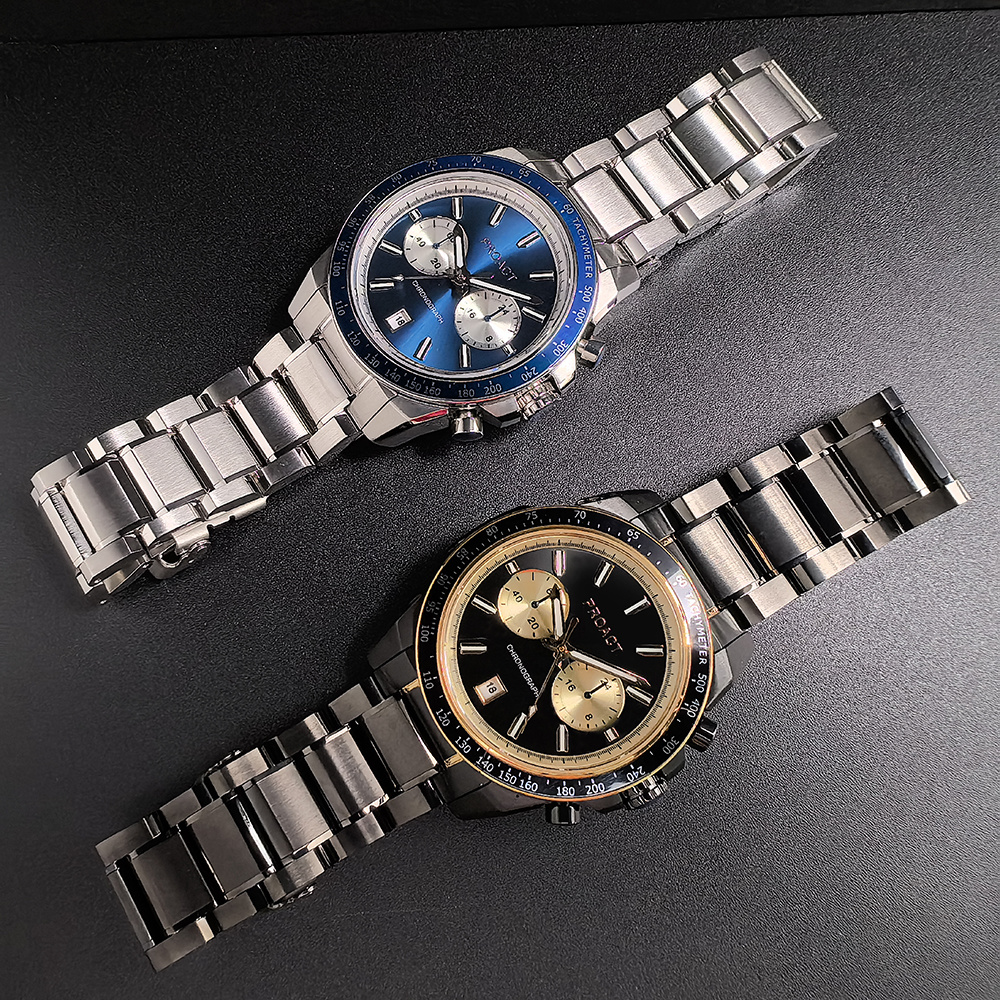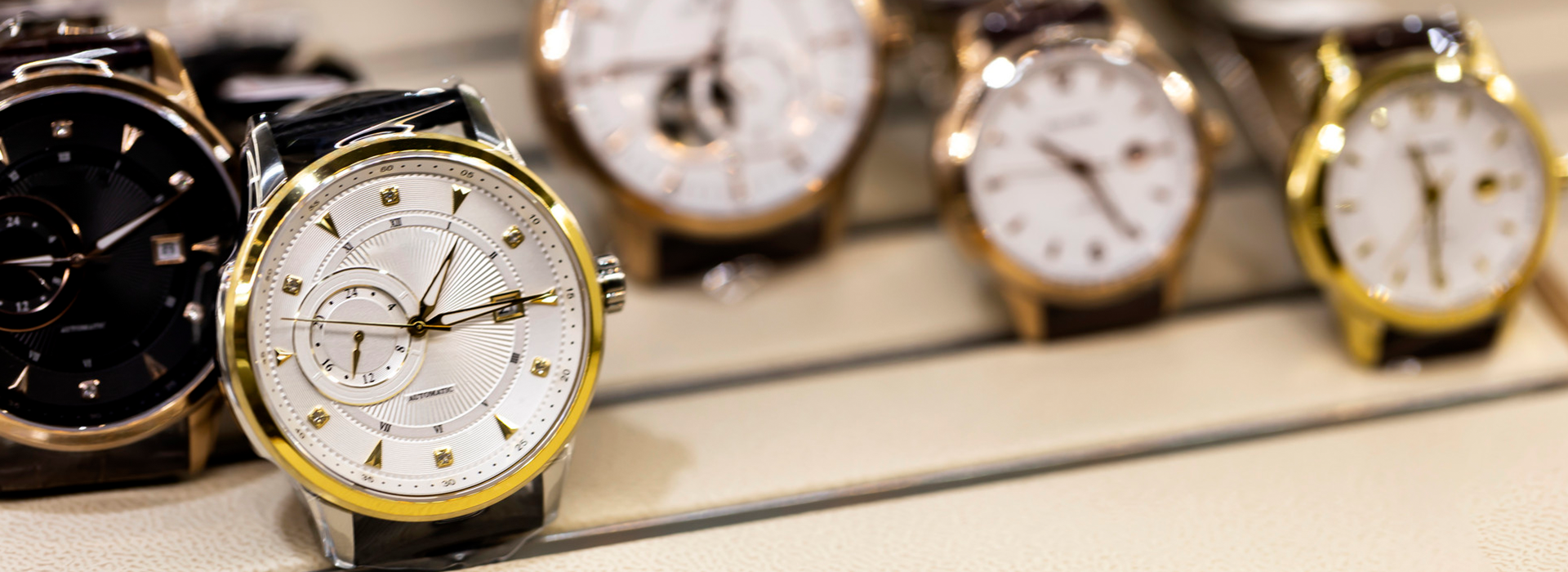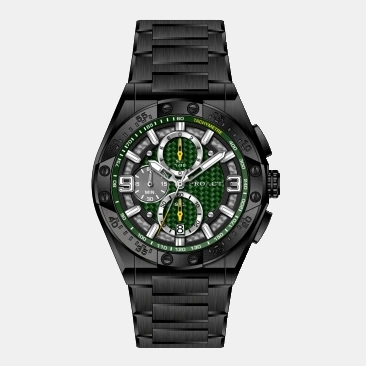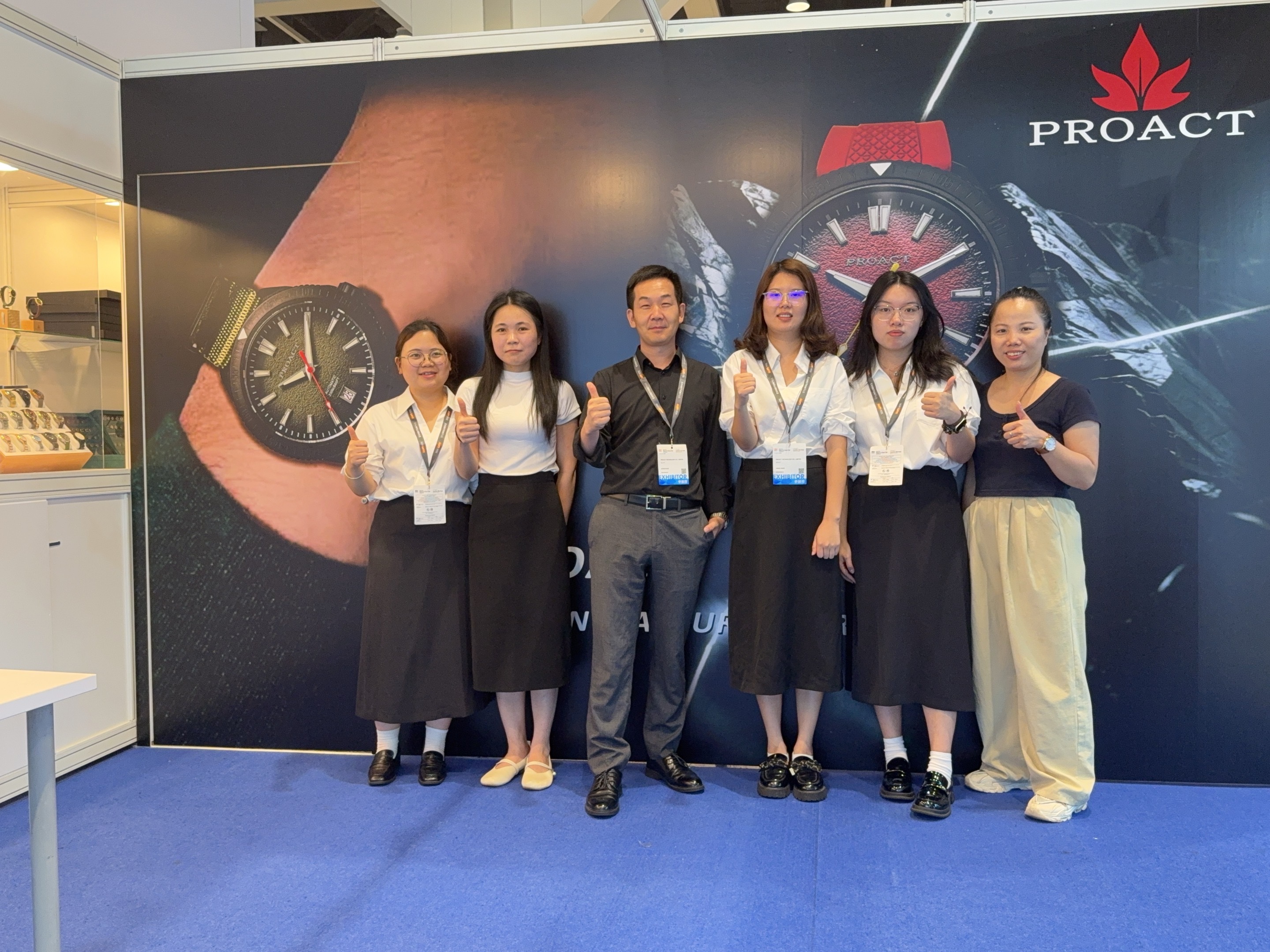【Watch Knowledge】ETA Movement Levels Explained: From Basic to Haute Horology
Time:
2025-04-19 14:28
Source:
【Watch Knowledge】ETA Movement Levels Explained: From Basic to Haute Horology
For anyone even slightly familiar with the world of watches, ETA movements need no introduction. As a key subsidiary of the Swatch Group, ETA SA supplies some of the most reliable, precise, and widely used movements in the Swiss watchmaking industry. But not all ETA movements are created equal.
ETA calibers are categorized into eight distinct levels, each representing different degrees of craftsmanship, materials, decoration, and functionality. Here's a comprehensive breakdown:
Level 1: Entry-Level – Basic and Functional
No decorative finishing on the movement plates
Escape wheel and pallet fork made from standard steel or brass
Built for cost-efficiency and basic performance
Suitable for mass-market entry-level watches
Level 2: Light Finishing – Enhanced Aesthetics
Basic surface decorations such as brushing or minimal engraving
Same metal materials as Level 1 for key escapement parts
Primarily cosmetic improvement with no significant performance boost
Level 3: Electroplated & Upgraded Materials
Movement surfaces are enhanced with electroplating for improved corrosion resistance and shine
Decorative finishes such as Geneva stripes or perlage applied
Escapement components made from advanced alloys to ensure stable timekeeping in varying temperatures
Suitable for mid-range Swiss watches
Level 4: Precision Tuning – Micro-Regulation Added
All features of Level 3
Includes a micro-regulation device for fine-tuning time accuracy
Improves adjustability and reliability under different conditions
Level 5: COSC-Grade Chronometer – Certified Performance
Movement plates are more intricately decorated and polished
Unique serial number and specific caliber markings
Uses premium alloy components in the escapement
Includes micro-regulator and often COSC (Official Swiss Chronometer Testing Institute) certification
Engraved with terms like “Adjusted to 5 positions”
Used in high-end timepieces with an emphasis on accuracy and durability
Level 6: Haute Finishing – Near-Artisan Quality
Features from Level 5, but with exceptional hand-finishing touches:
Mirror-polished screws, beveled edges on wheels and plates
Spherical jewel settings
If automatic, the rotor is often made of solid gold (18K)
Movements at this level are not only functional but also visually luxurious
Typically found in prestige Swiss watches
Level 7: Geneva Seal – Master-Level Craftsmanship
Meets Poinçon de Genève (Geneva Seal) standards
Movement must be entirely designed, manufactured, and assembled in Geneva
Holds strict technical and aesthetic criteria, including decoration, precision, and material use
Represents true in-house horological expertise
Level 8: Independent Artistry – The Pinnacle of Watchmaking
Entirely handmade by master watchmakers, often for competitions or collectors
One-off creations designed, fabricated, and assembled entirely by one individual
Incorporates complex mechanisms like tourbillons, perpetual calendars, or minute repeaters
Every component is hand-finished: beveling, anglage, black polishing, hand-engraving, etc.
Represents watchmaking as an art form, and often considered heirloom-worthy
Conclusion: Not All ETA Movements Are Equal
ETA has played a pivotal role in Swiss horology, offering everything from basic quartz calibers to near-haute horlogerie masterpieces. Understanding movement grades not only helps buyers make better-informed decisions but also deepens appreciation for the craftsmanship behind every timepiece.
For more insights into watchmaking components or custom watch box solutions, feel free to contact our team at Shenzhen Proact Watch Co.,LTD. We specialize in premium packaging and precision accessories for the global watch industry.

Previous page
About Proact Watch
LATEST NEWS & BLOGS
MOBILE/WHATSAPP:
E-MAIL:
ADDRESS:
-
Second Floor, Building C, Huawan Industrial Park, No. 4159 Baoan Avenue, Xixiang, Shenzhen, Guangdong, China
Copyright © 2023 Shenzhen Proact Watch Co., Ltd.
-
Powered by www.300.cn
Cookie
Our website uses cookies and similar technologies to personalize the advertising shown to you and to help you get the best experience on our website. For more information, see our Privacy & Cookie Policy
Cookie
Our website uses cookies and similar technologies to personalize the advertising shown to you and to help you get the best experience on our website. For more information, see our Privacy & Cookie Policy
These cookies are necessary for basic functions such as payment. Standard cookies cannot be turned off and do not store any of your information.
These cookies collect information, such as how many people are using our site or which pages are popular, to help us improve the customer experience. Turning these cookies off will mean we can't collect information to improve your experience.
These cookies enable the website to provide enhanced functionality and personalization. They may be set by us or by third-party providers whose services we have added to our pages. If you do not allow these cookies, some or all of these services may not function properly.
These cookies help us understand what you are interested in so that we can show you relevant advertising on other websites. Turning these cookies off will mean we are unable to show you any personalized advertising.








